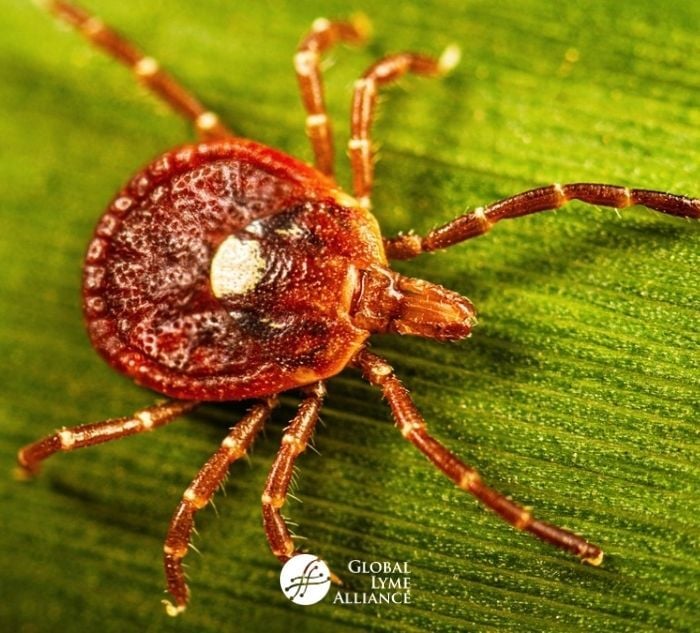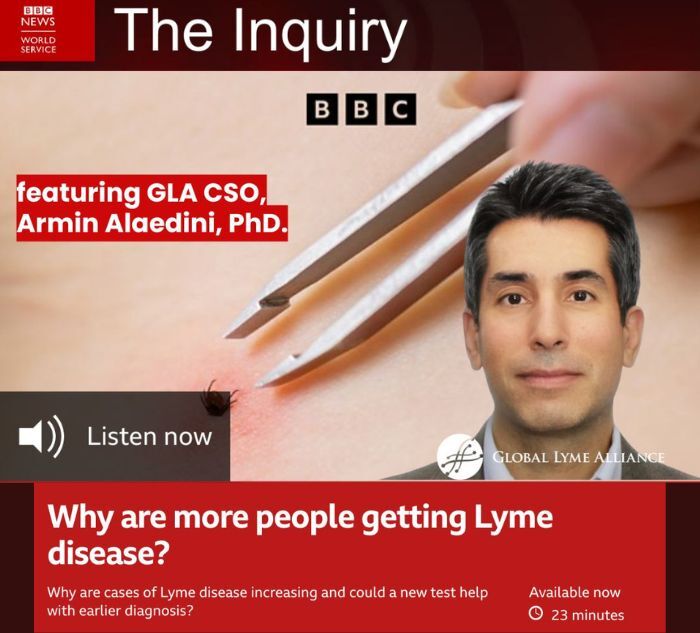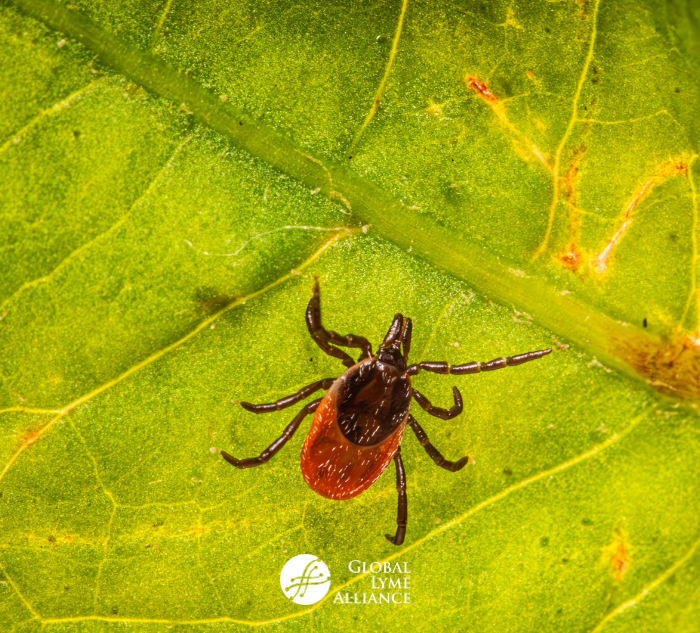.png)
Lyme disease patients deserve to be treated with respect from not only doctors, but also colleagues, friends, and family.
The other day I went for a standard blood draw, something I’ve been doing every two months in the decade-plus that I’ve been in remission from Lyme and other tick-borne diseases. In the days of acute illness, when I had a PICC line, I had my blood drawn every week. Now my doctor has me do it fairly regularly to make sure that everything is “humming along.”
This should be a hum-drum procedure, but I always go in defensive, because I never know how a phlebotomist will react to my request that they use a butterfly. These small needles are reserved for children and people with small veins. Despite having this procedure done regularly for years, despite already knowing what hundreds of phlebotomists have ultimately determined—that I have very small veins—my request is often dismissed. I’ve had phlebotomists tell me that they’ll see for themselves if they actually need to use a butterfly; phlebotomists who tell me not to tell them how to do their job; and phlebotomists who insist on digging around with a regular-size needle but not getting any blood.
All of these phlebotomists have ended up using a butterfly. Had the phlebotomists respected that I know my body best, we could have saved a lot of angst, time, and exasperation. Granted, these phlebotomists are the experts at their job, which I try to respect them by acknowledging their expertise before asking politely and explaining my history. All I’d like is for each of us to respect each other’s expertise enough to engage in shared decision-making.
The 2014 International Lyme and Associated Diseases Society (ILADS) guidelines states that “Shared decision-making takes into account the best scientific evidence available, clinical expertise, and the role of patient’s values and preferences in deciding among available treatment options.”[i] In this case, the decision-making is about treatment, but the concept can be applied to any medical situation involving a patient and a practitioner. This doesn’t mean the patient gets to become the doctor. It simply means that the patient’s preferences and experiences are respected enough to be taken into consideration when deciding the best course of action.
I suspect this line is so specifically stated in the ILADS guidelines because shared decision-making is something Lyme patients often don’t have the privilege of experiencing. Once diagnosed with Lyme disease, patients may find themselves caught between doctors who subscribe to different treatment guidelines—ILADS versus IDSA (Infectious Diseases Society of America)—and their own concerns and preferences get lost among the shuffle of determining length of treatment course. This is particularly true for patients who have a late diagnosis or whose symptoms persist beyond “standard” treatment.
And that’s just among doctors who treat Lyme disease. Where Lyme patients run into even more trouble is when they visit a non-Lyme specialist for other health conditions, whether it’s the dermatologist for a mole or the dentist for a cleaning. For these appointments, I often go in with the same angst as I do when I get my blood drawn, knowing that controversies surrounding Lyme disease can lead to disrespect of the disease—and, subsequently, of the patients suffering from it. When giving my medical history or handing over my list of medications—parts of these appointments that should be cursory—I’m often stopped and asked, “How do you know you really have Lyme disease? Maybe you have something else.” I have learned to advocate for myself, to say that my tick-borne illnesses were diagnosed and are handled by a specialist, and that I am here today only for XYZ (a mole removal, a dental cleaning). I respect that these doctors are experts in those fields, but they are not experts in Lyme disease, nor are they experts in my medical history.
I have also learned not to say I have chronic Lyme, since that term sets off its own red flags with doctors who don’t “believe” in chronic Lyme, or, as a result of my diagnosis, don’t believe that I am even sick. Thanks to COVID-19, respect for long-haul illnesses is growing, and I now get a better reaction when I use terms like “persistent” or long-haul.” Still, given its controversies, Lyme disease itself raises any number of reactions, and patients who need care never know what they’re going to get.
Lyme patients come up against disrespect not just with medical professionals, but with co-workers, friends, and family members. It’s hard enough being sick; it’s harder still when you need to fight to believed. When I got COVID-19 in March 2020, I saw how much easier it is when your illness is believed and respected. Despite the fact that I had a (false) negative initial test, no one questioned whether I really had COVID-19. They knew my shortness of breath, dry cough, fever, and loss of taste and smell pointed to that virus. They offered only compassion, not criticizing questions. How nice that would have been in my early days of Lyme!
Lyme disease is not a choice. It is a clinical diagnosis, and when that has been made by a medical professional, it should be respected. Moreover, the patients who are suffering deserve respect, too. No one understands their bodies better than they do.
[i] Cameron, Johnson, L. B., & Maloney, E. L. (2014). Evidence assessments and guideline recommendations in Lyme disease: the clinical management of known tick bites, erythema migrans rashes and persistent disease. Expert Review of Anti-Infective Therapy, 12(9), 1103–1135. https://doi.org/10.1586/14787210.2014.940900

Jennifer Crystal
Writer
Opinions expressed by contributors are their own. Jennifer Crystal is a writer and educator in Boston. Her work has appeared in local and national publications including Harvard Health Publishing and The Boston Globe. As a GLA columnist for over six years, her work on GLA.org has received mention in publications such as The New Yorker, weatherchannel.com, CQ Researcher, and ProHealth.com. Jennifer is a patient advocate who has dealt with chronic illness, including Lyme and other tick-borne infections. Her memoir, One Tick Stopped the Clock, was published by Legacy Book Press in 2024. Ten percent of proceeds from the book will go to Global Lyme Alliance. Contact her via email below.






-2.jpg)